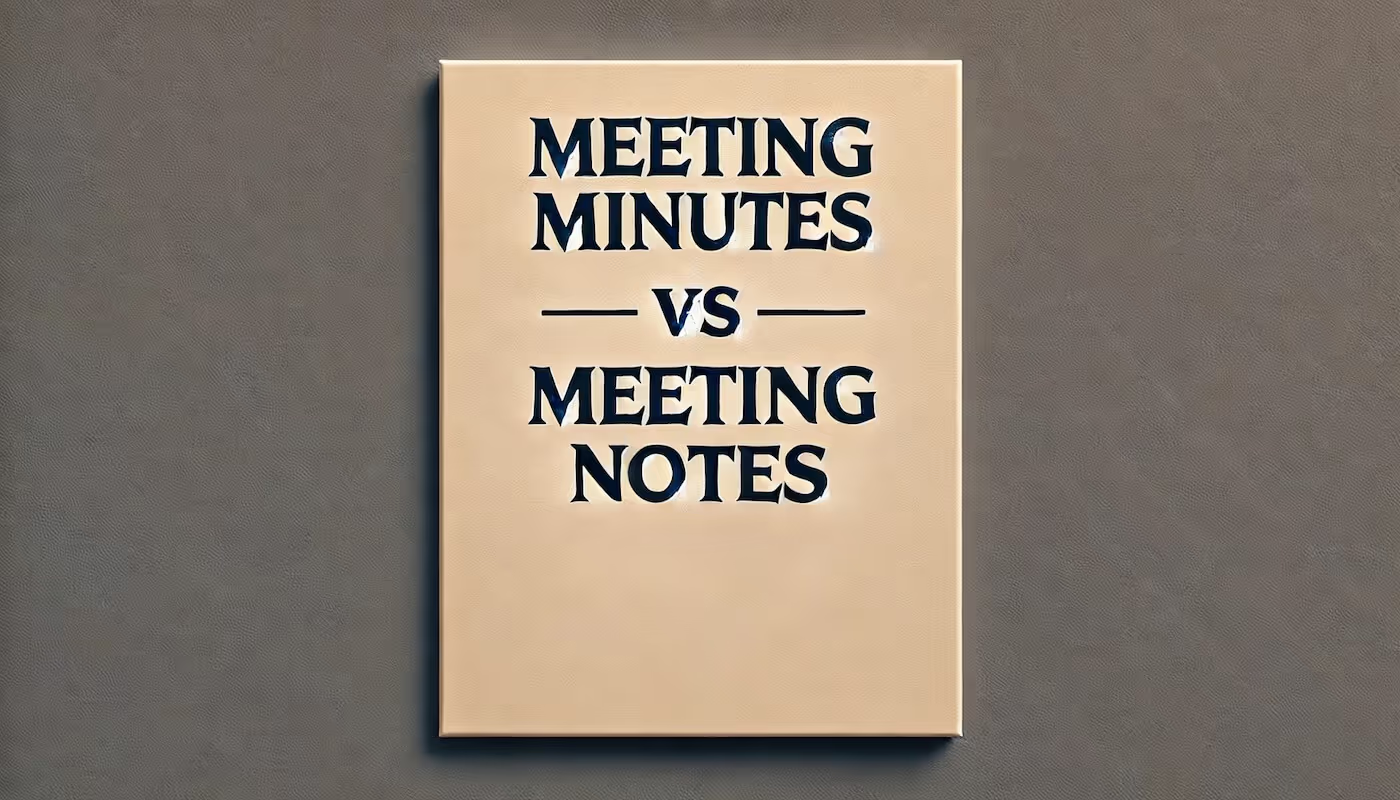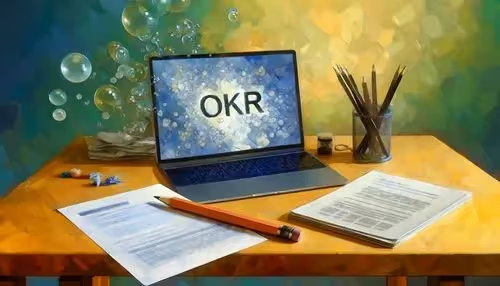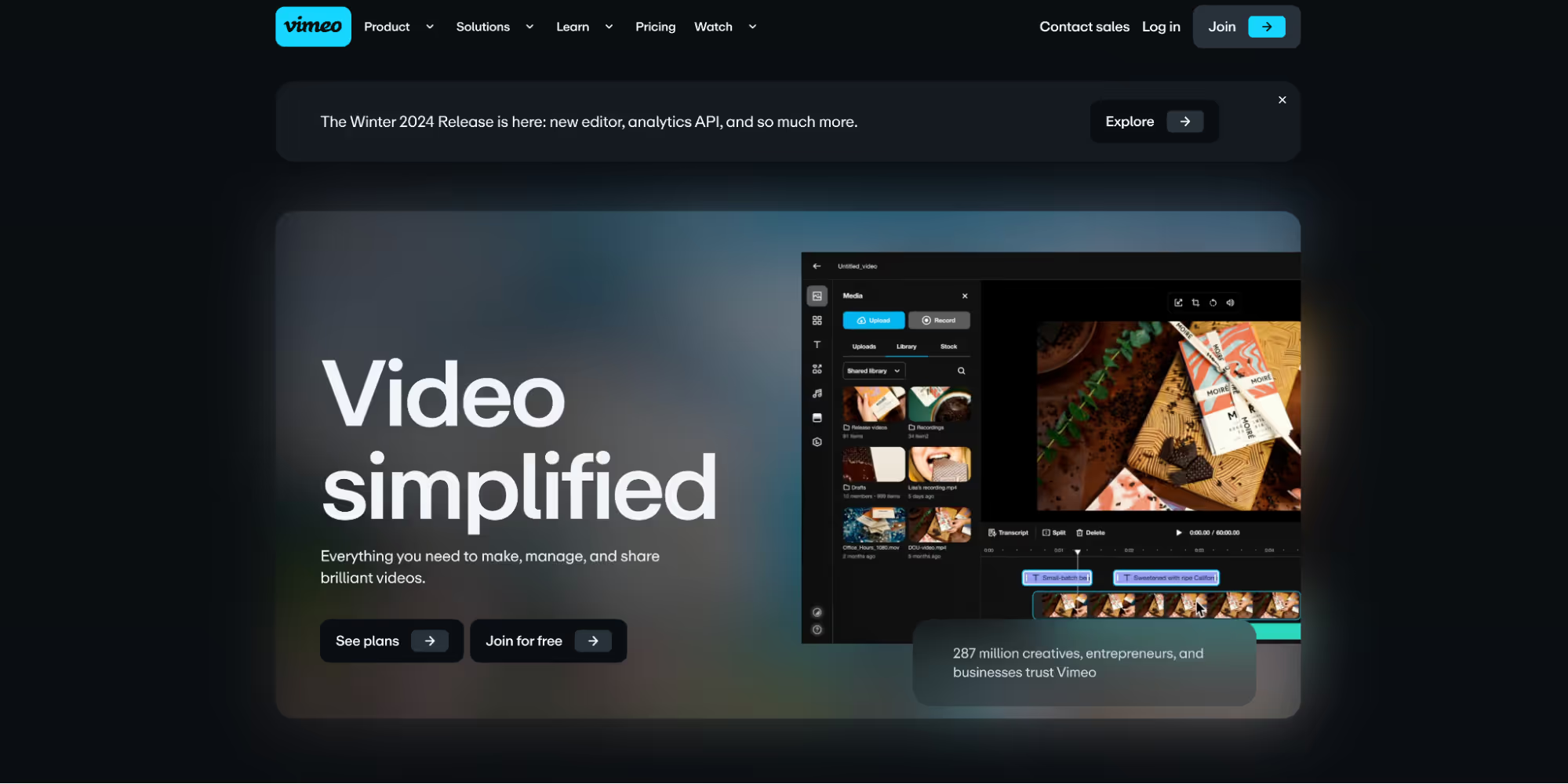
Building a Feedback Culture in Your Workplace: 5 Key Tips
Feedback often carries a traditional stigma of fear and discomfort, but it doesn't have to be that way. Shifting this perspective and getting the positive change snowball rolling is critical to your workplace constantly evolving and developing, starting here with some tips on building a solid feedback culture.
Establishing a robust feedback culture in the workplace is something that can be revolutionary to team performance. In our own team at Bubbles, we function asynchronously, and we have made a conscious effort to not conform with the traditionally scary, negative stigma of feedback. The benefits we see are massive, and our clear and supportive communication methods have allowed optimal efficiency and great collaboration when working remotely from each other.
We therefore think we are in a qualified position to offer some of our own positive feedback regarding feedback culture, and we hope that our tips will work for you and your team. The goal of this is for you to nurture such a culture yourself, so that you can begin to boost employee engagement and motivate employees to have a growth mindset at all times, whether that is personal or organizational.
What is Feedback Culture?
Before we look at building this culture, we must have a sound understanding of it. Essentially, feedback culture is an organizational climate that is created within your workplace, hinging on team members giving and receiving open and honest feedback. What really begins to make this a culture, rather than a standard feedback session, is the regularity of this practice, and how it begins to be valued by those involved.
To establish a feedback culture, feedback should be regular and not always prompted by a meeting or specific session. Passing comments aimed at improving each other, or constructive pointers to an alternative method when you believe your colleague isn't quite on the right path are examples of how feedback can begin to infiltrate into overall organizational culture and become part of your workplace's everyday employee experience.
The key is to embrace and encourage feedback and constructive criticism, and this is what a solid feedback culture encompasses. After all, feedback giving is a personal opinion, and you won't, and don't have to agree with every idea. This is something that many believe to be true, but treating feedback as punitive in this way will only hold you back; view feedback as a crucial task for ongoing learning and as something that can spark debate in your team, leading to growth and positive change.
Creating a Culture of Feedback
Now that we have established an understanding, it's time to learn how to create a culture of feedback. To do so, you have to create an environment where feedback is able to take a stronghold within every single level of the organization. It's about taking your team of individuals and growing as if it is one large collective by using ideas from every corner of the office (or world for those remote teams like ours). This naturally brings you beyond focusing on the traditional annual performance reviews as your opportunity to give feedback, instead moving toward a dynamic model where we give insight and feedback continuously. That is great, as arriving to a point where feedback is supportive, ever-present and ingrained in daily interactions is our goal here.
In our team, we have arrived at this point, and this is largely down to how we choose to communicate and move forward with projects and ideas. We have done so by using Bubbles ourselves to share ideas and recent work, before prompting our teammates to view the bubble, give it some thought, and provide their (hopefully) insightful response.
This reality is fresh in my mind because just a couple days ago, a team member at Bubbles shared a lengthy bubble where they explained and walked through a new feature they are working on. In daily stand-up, they prompted everyone (specifically) to take a look, even if they weren't too clued up on the project. We were all able to watch the bubble and share our thoughts via reactions or in the comment section, leading to further iteration and development of the initial proposal. The beauty of this is that it shows how you can create an inclusive feedback culture, regardless of the set-up of your workplace. By using Bubbles, you can give feedback and work as a team under the same umbrella, while physically distanced, and without losing any detail or context in your idea sharing or feedback giving.
So, using Bubbles to create a feedback culture is (unofficial) tip number 1, but let's get into the rest.
Make your
meetings matter
Loved and trusted by 100,000+ users:
- Automatically Record and Transcribe Meetings
- Extremely Accurate Notes, Summaries, and Action Items powered by AI
- Works with Zoom, Google Meet, and Microsoft Teams
- Save time and follow-up with quick async videos
Simply connect your work Google or Microsoft Calendar to get started.
Our Top 5 Tips for Establishing a Feedback Culture
1. Prioritize Psychological Safety
- A solid feedback culture won't happen without psychological safety. You have to initially build trust and show that you are all a collective working towards the same goals. By doing so, you should start to create an environment where employees feel secure and ready to honestly express themselves and their feedback ideas without fear, while also asking feedback questions of their own.
- To get this ball rolling, leaders have to actively show openness and to some extent, vulnerability. Create an ethos around nobody being perfect, which should involve encouraging questions, admitting mistakes and areas of weakness, and most definitely appreciation of wide-ranging perspectives.
- Open communication is again key here. Whether you use Bubbles to achieve this, or partake in team-building activities focused on openly communicating with each other, make sure you build that trust.
2. Leading by Example
- Leadership sets the tone for a great feedback culture. A favorite inspirational speaker of mine, Simon Sinek, correctly proclaimed that "a leader who recognizes and rewards feedback is going to encourage more feedback". The truth to this is obvious, but Sinek also explains that the leader creates the conditions of feedback. If they are not open to change and new ideas themselves, and consistently shut down feedback or criticism, the whole culture will revolve around fabricated opinions, which nobody wants.
- Leaders have to therefore model how to give constructive feedback and how to accept and use this feedback received. This involves being specific and pinpointing areas to improve, focusing on behaviors instead of personality traits at all times, and offering actionable advice. Don't show bias, and you won't get bias.
3. Implement and Use Multiple Channels for Feedback
- Variety is the spice of life! A solid feedback culture and system will make sure they utilize lots of feedback and communication channels. This accommodates differences in team members' communicative style preferences but also keeps the culture optimized and efficient.
- The classic form of interpersonal feedback, the face-to-face meeting, represents one channel, as well as performance reviews, anonymous surveys and 360 degree feedback, or a more time efficient, asynchronous feedback delivery channel in the form of Bubbles.
- Choose each channel depending on what you'd like to get out of it. For example, you should use an anonymous channel when dealing with more sensitive feedback, or a bubble with more context when working on something specific that will require plenty of constructive, ongoing conversation.
4. Promoting a Growth Mindset
- We have spoken about growth mindset, but it is essential for employee engagement. Feedback should spur employees on, and should be regarded as their most valuable tool for career progression and development within their own little niche.
- This is where you should establish feedback culture alongside OKRs - encourage and help employees to set personal goals and then use feedback to make sure they are hitting these goals. This represents a fantastic way to motivate employees and boost their overall employee experience due to the hands-on nature of the approach.
- Part of this approach should involve training and providing resources. From the very first onboarding session, empower employees to take part and get involved. Give them access to your team's Bubbles channels, for example, and get them kicked-off within the feedback culture and process.
5. Training on Effective Feedback
- Part of leading by example, but slightly different. Some employees may need more specific training, rather than the classic 'watch and learn'. Train these team members on how to give articulate, useful feedback, how to listen actively, and how to then turn feedback they receive into actionable next steps.
- If you do this via a Zoom meeting, for example, you can use Bubbles Notetaker to record the meeting and feedback session, giving your employee a log of information via the full recording, transcript, and automatically created action items. The power of this is that they are accountable for their development and have everything at the tip of their finger.
Feedback Culture Model
So, those were our 5 top tips. To put things into a more condensed version, let's go through what a rough feedback culture model should look like:
- Regular Feedback: rinse and repeat. Get far away from annual reviews, and establish feedback as a regular interaction.
- Balanced Feedback: A good culture is healthy, and has a mix of positive feedback and constructive criticism. Don't destroy your colleagues, but equally, don't sugarcoat.
- Actionable Insights: Be specific and relevant when giving feedback. Don't give random insight, and instead try to intertwine it all, creating some clear next steps to improving. Bubbles Notetaker will do this for you, and for free, when you meet virtually, so make sure to give that a go.
- Employee Empowerment: Everyone should be seen as equal in this culture. If you are biased, you risk employees not seeking out and utilizing feedback.
- Feedback Norms and Policies: Get some clear policies around feedback in place. Make sure it is a safe environment to share ideas, and also maintain consistency and fairness organization-wide.
Conclusion
So, those were our tips for developing a feedback culture in your workplace. It is a dynamic process, and you should be prepared to use feedback in this process itself to iterate and adapt. There is no 'one size fits all' approach to this, and it is going to depend on your business and your individuals. However, you now have the blueprint for success, and even a couple of examples of how revolutionary tech like Bubbles can aid you in building your feedback culture.
Collaborate better with your team
Get your point across using screen, video, and audio messages. Bubbles is free, and offers unlimited recordings with a click of a button.
.avif)
Collaborate better with your team
Get your point across using screen, video, and audio messages. Bubbles is free, and offers unlimited recordings with a click of a button.
.avif)













.avif)